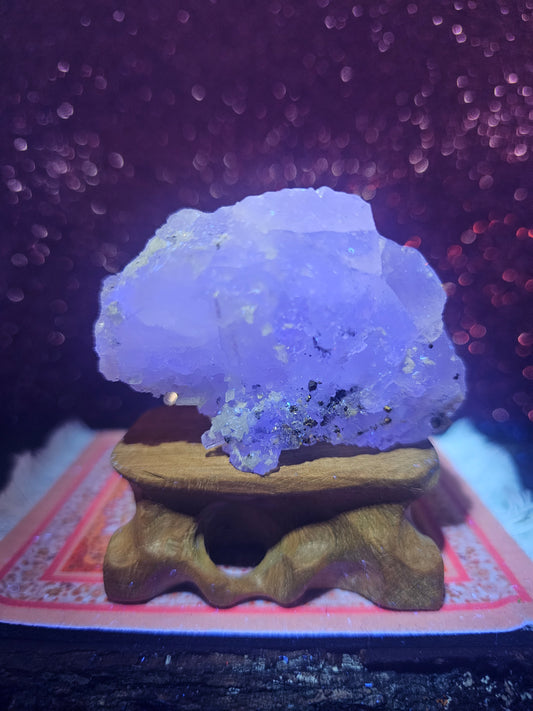Crystals are known for their beauty, uniqueness, and healing properties. They are formed by a process of natural growth, and the way they interact with their environment can affect their structure, color, and properties. One of the most significant factors that can affect crystals is water. In this article, we will explore the effects that water can have on crystals in great detail.
Water is a powerful natural element that can have both positive and negative effects on crystals. Some crystals are highly sensitive to water, while others are relatively water-resistant. The effects of water on crystals depend on various factors, such as the type of crystal, its chemical composition, and the amount of water it is exposed to.
Effect of Water on Crystals
- Dissolution:
One of the most significant effects of water on crystals is dissolution. Water can dissolve certain types of crystals, leading to a loss of their physical structure and properties. For instance, salt crystals are highly water-soluble, and they will dissolve in water very quickly. Other crystals that are susceptible to dissolution include gypsum, halite, and selenite.
- Hydration:
Water can also have a hydrating effect on certain types of crystals. When a crystal is hydrated, it absorbs water molecules into its structure, causing its physical properties to change. For instance, some forms of quartz, such as rose quartz, can become opaque when hydrated. Other crystals that can hydrate include amethyst and citrine.
- Color Change:
Water can also cause color changes in some crystals. When a crystal is exposed to water, it can absorb the water molecules, causing the crystal's color to change. This effect is particularly evident in minerals such as copper sulfate, which changes from blue to white when it is exposed to water. Other crystals that can change color when exposed to water include azurite, malachite, and fluorite.
- Growth:
Water can also affect the growth of crystals. In some cases, water is essential for crystal growth. For instance, some crystals, such as aquamarine, require water to grow. When aquamarine crystals are formed, they are often found in areas with high levels of water, such as near rivers and oceans. Other crystals, such as quartz, can continue to grow even after they have been formed, and they can absorb water molecules to facilitate this growth.
- Cleavage:
Water can also affect the cleavage of certain crystals. Cleavage is the tendency of crystals to break along specific planes of weakness. When a crystal is exposed to water, the water can penetrate into the cleavage planes, causing the crystal to split. This effect is particularly evident in mica, which has excellent cleavage and can easily be split when exposed to water.
Understanding the effects of water on crystals can help us appreciate the beauty and complexity of these natural formations. Whether you're a crystal collector or simply fascinated by the wonders of nature, the effects of water on crystals are sure to intrigue and captivate you.





